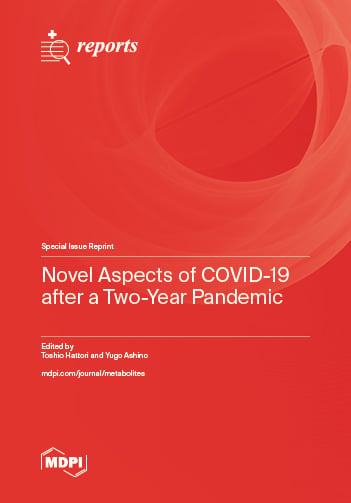Reports
Reports — Clinical Practice and Surgical Cases is an international, peer-reviewed, open access journal about the medical cases, images, and videos in human medicine, published quarterly online by MDPI.
Indexed in PubMed | Quartile Ranking JCR - Q3 (Medicine, General and Internal)



